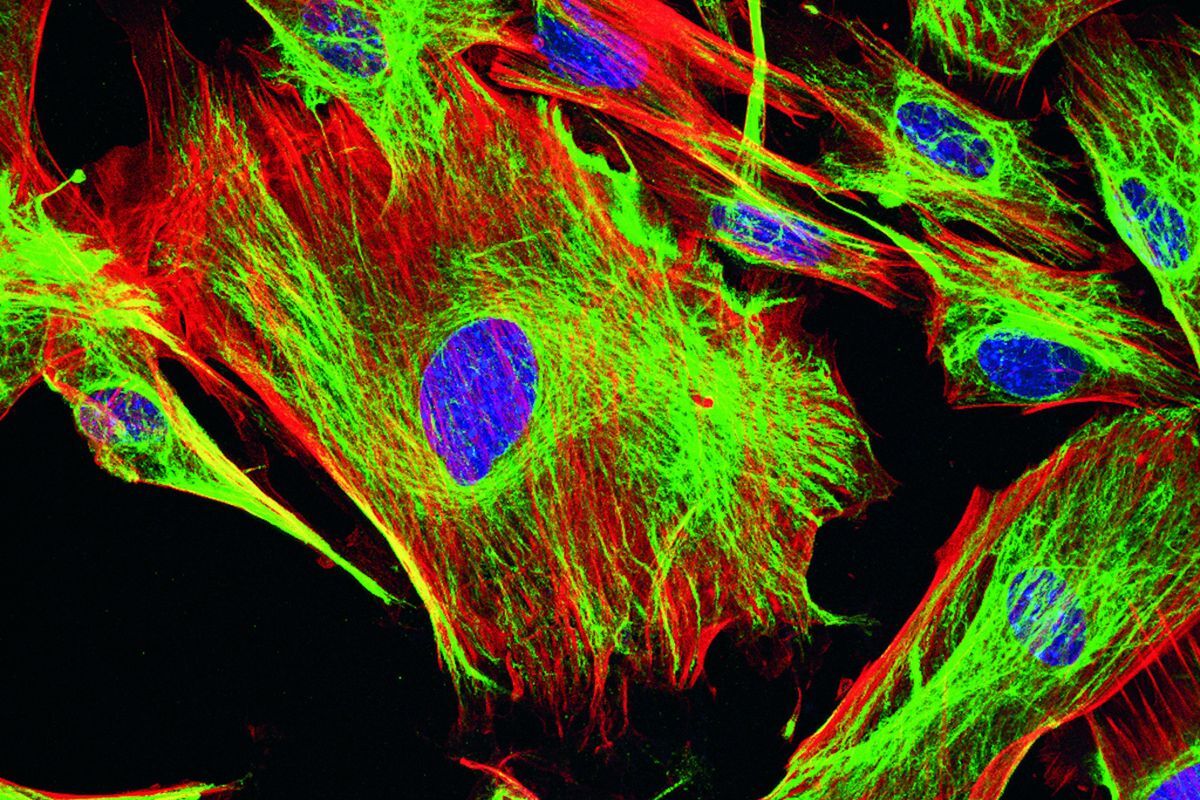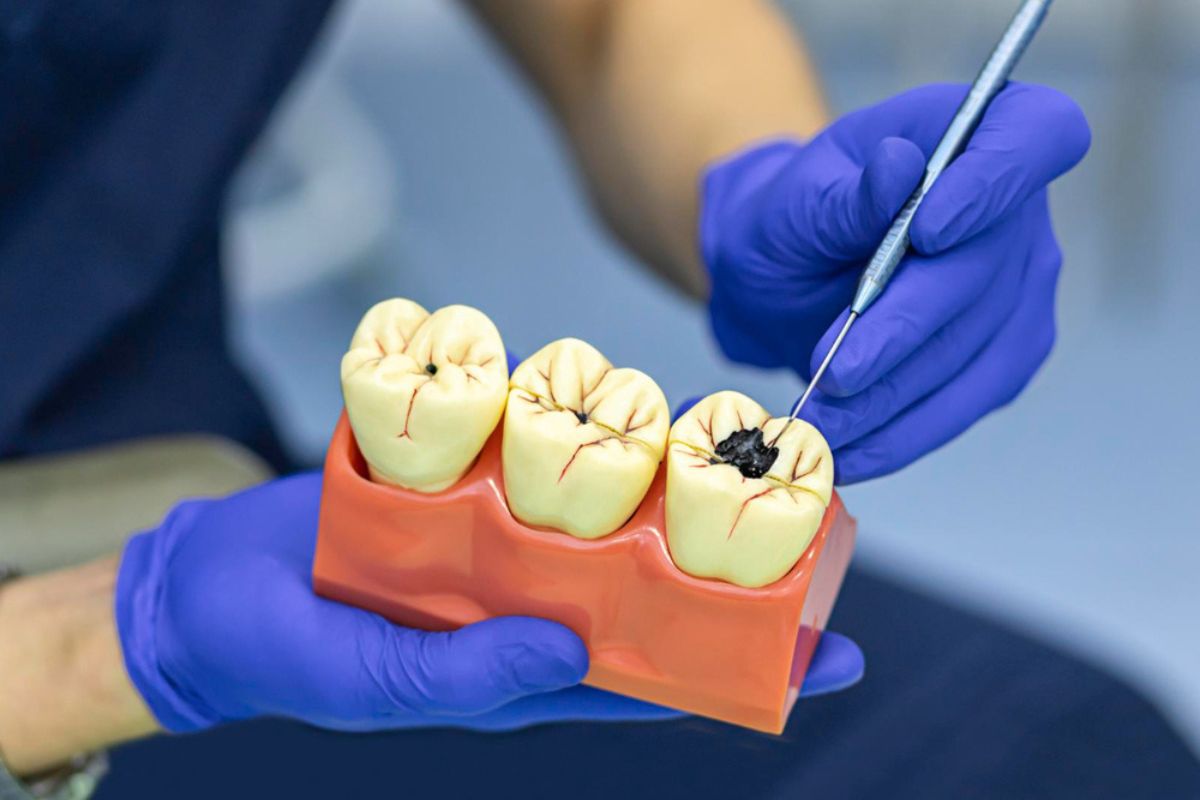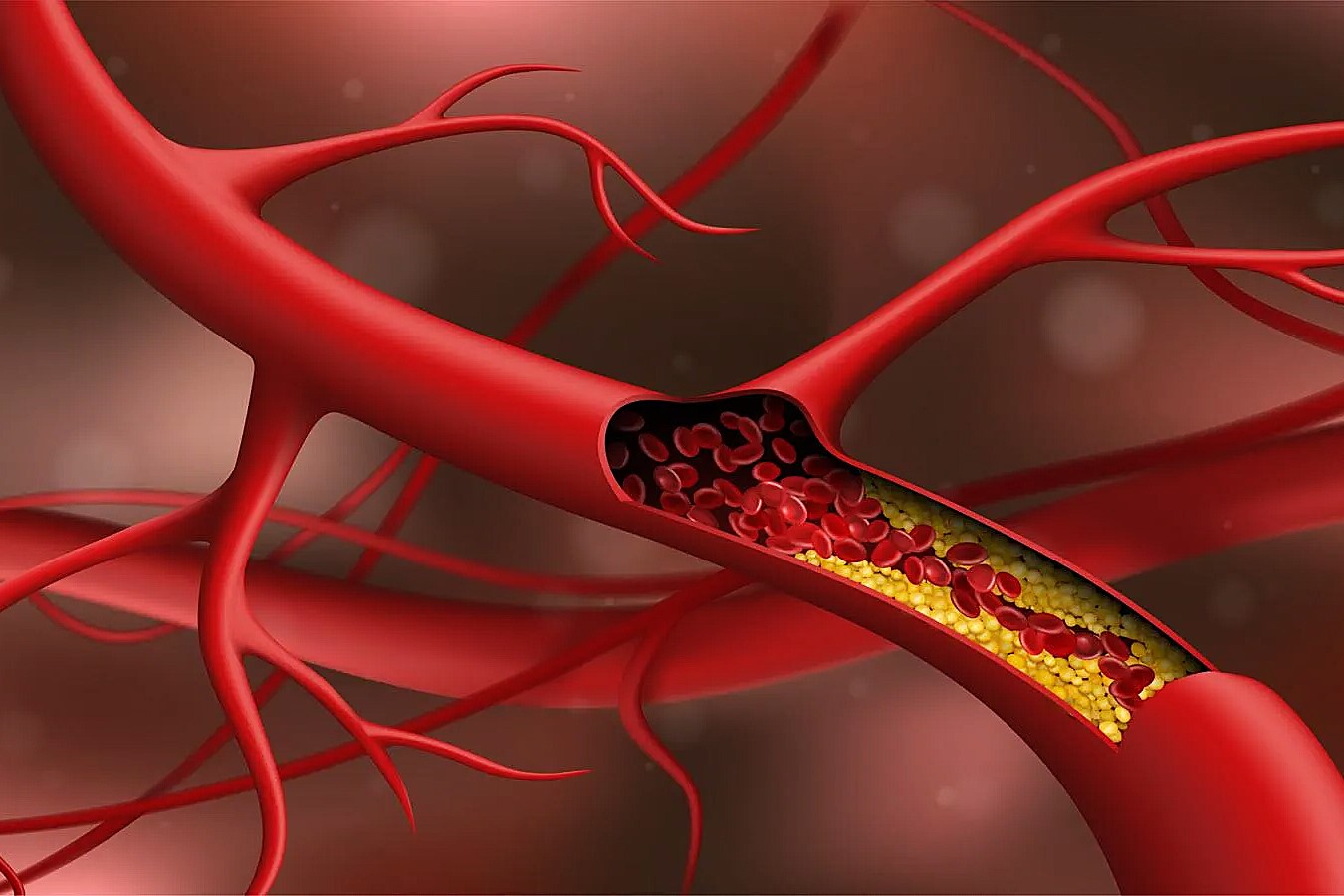
Fluorescence is a fascinating phenomenon that lights up our world in unexpected ways. Ever wondered why certain objects glow under UV light? Fluorescence is the answer! This natural occurrence happens when a substance absorbs light at one wavelength and emits it at another, usually visible, wavelength. From the mesmerizing glow of jellyfish in the ocean to the vibrant colors in highlighters, fluorescence is everywhere. It's used in various fields like medicine, art, and even crime scene investigations. Ready to dive into the glowing world of fluorescence? Here are 30 intriguing facts that will illuminate your understanding of this brilliant phenomenon.
Key Takeaways:
- Fluorescence is a cool phenomenon where substances absorb light and then emit a different colored light. It's used in highlighter pens, laundry detergents, and even to study cells in science.
- Nature is full of fluorescent wonders, from glowing corals and fungi to birds with fluorescent feathers. It's also used in art, like fluorescent paints and tattoos. Fluorescence is everywhere!
What is Fluorescence?
Fluorescence is a fascinating phenomenon where certain substances absorb light or other electromagnetic radiation and then emit light. This process has numerous applications in science, art, and everyday life. Let's dive into some intriguing facts about fluorescence.
- Fluorescence occurs when a substance absorbs photons and then re-emits them almost immediately.
- The emitted light is usually of a longer wavelength than the absorbed light.
- Fluorescent materials can be found in nature, such as in some minerals and biological organisms.
- Jellyfish are famous for their natural fluorescence, particularly the species Aequorea victoria.
- The green fluorescent protein (GFP) from jellyfish has revolutionized biological research.
Fluorescence in Everyday Life
Fluorescence isn't just a scientific curiosity; it plays a role in many aspects of daily life. Here are some examples of how fluorescence impacts us.
- Highlighter pens use fluorescent ink to make text stand out.
- Fluorescent dyes are used in laundry detergents to make clothes appear brighter.
- Blacklight posters glow under ultraviolet (UV) light due to fluorescent pigments.
- Fluorescent bulbs are energy-efficient lighting options for homes and offices.
- Some banknotes have fluorescent security features to prevent counterfeiting.
Fluorescence in Science and Medicine
Fluorescence has numerous applications in scientific research and medical diagnostics. These facts highlight its importance in these fields.
- Fluorescence microscopy allows scientists to study cells and tissues in great detail.
- Fluorescent markers are used to tag specific proteins or DNA sequences in biological research.
- Flow cytometry uses fluorescence to analyze the physical and chemical properties of cells.
- Fluorescent probes can detect specific molecules in medical diagnostics.
- Fluorescence in situ hybridization (FISH) is a technique used to identify genetic abnormalities.
Fluorescence in Nature
Nature is full of fluorescent wonders. From deep-sea creatures to terrestrial plants, fluorescence can be found in various forms.
- Some corals exhibit fluorescence, which helps them survive in low-light environments.
- Certain species of fungi glow in the dark due to fluorescent compounds.
- Scorpions fluoresce under UV light, making them easier to spot at night.
- Some birds have fluorescent feathers that play a role in mating displays.
- Fireflies produce bioluminescence, a type of fluorescence, to attract mates.
Fluorescence in Art and Culture
Fluorescence has also made its mark in the world of art and culture. These facts showcase its influence on creativity and entertainment.
- Fluorescent paints are used in artwork to create glowing effects.
- Glow sticks, popular at concerts and parties, rely on fluorescence to produce light.
- Fluorescent makeup is a trend in the fashion and beauty industry.
- Some gemstones, like fluorite, exhibit fluorescence and are prized by collectors.
- Fluorescent tattoos are a unique form of body art that glows under UV light.
Fun and Unusual Facts about Fluorescence
Fluorescence can be surprising and fun. Here are some quirky facts that might just amaze you.
- Tonic water contains quinine, which fluoresces under UV light.
- Some species of parrots have fluorescent feathers that are invisible to the human eye but visible to other birds.
- Fluorescent minerals are often used in geology to identify different types of rocks.
- Certain types of plankton fluoresce, creating a glowing effect in ocean waves.
- Fluorescent proteins are used in genetic engineering to create glowing animals, like fluorescent zebrafish.
Fluorescence: A Bright Ending
Fluorescence isn't just a scientific term; it's a fascinating phenomenon that lights up our world in unexpected ways. From the glow of jellyfish in the ocean to the vibrant colors in highlighters, fluorescence is everywhere. It plays a crucial role in medical diagnostics, helping doctors detect diseases early. In nature, it aids in communication and camouflage for various creatures. Fluorescent materials are also used in safety gear, making them visible in low light. Understanding fluorescence can lead to new discoveries in science and technology. So next time you see something glowing, remember there's a bit of science behind that magic. Fluorescence not only brightens our surroundings but also illuminates the path to future innovations. Keep your eyes open; you never know where you'll spot the next fluorescent wonder.
Frequently Asked Questions
Was this page helpful?
Our commitment to delivering trustworthy and engaging content is at the heart of what we do. Each fact on our site is contributed by real users like you, bringing a wealth of diverse insights and information. To ensure the highest standards of accuracy and reliability, our dedicated editors meticulously review each submission. This process guarantees that the facts we share are not only fascinating but also credible. Trust in our commitment to quality and authenticity as you explore and learn with us.


